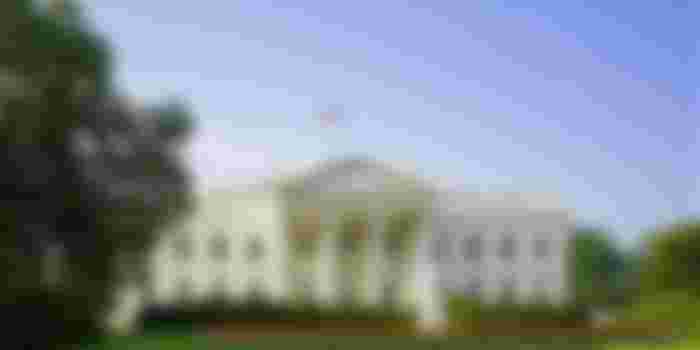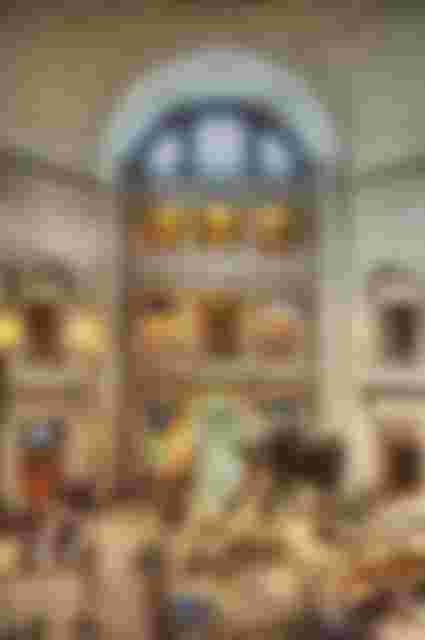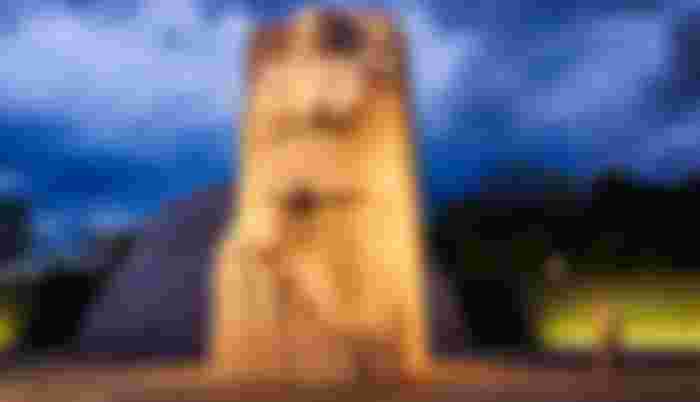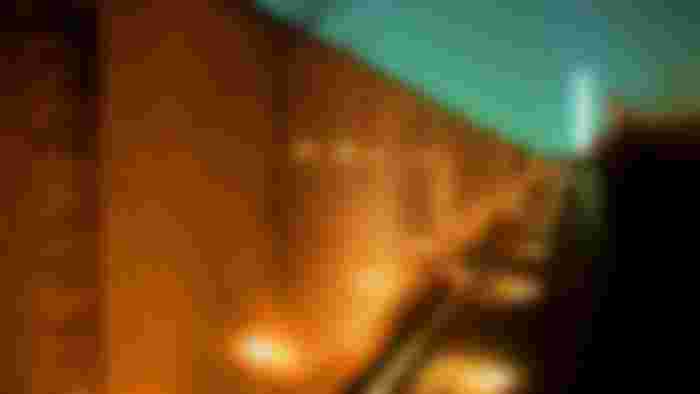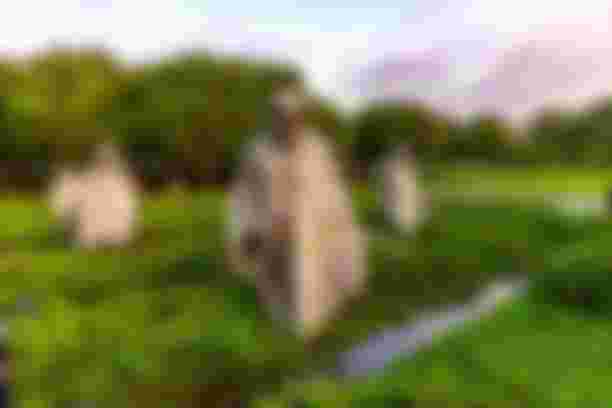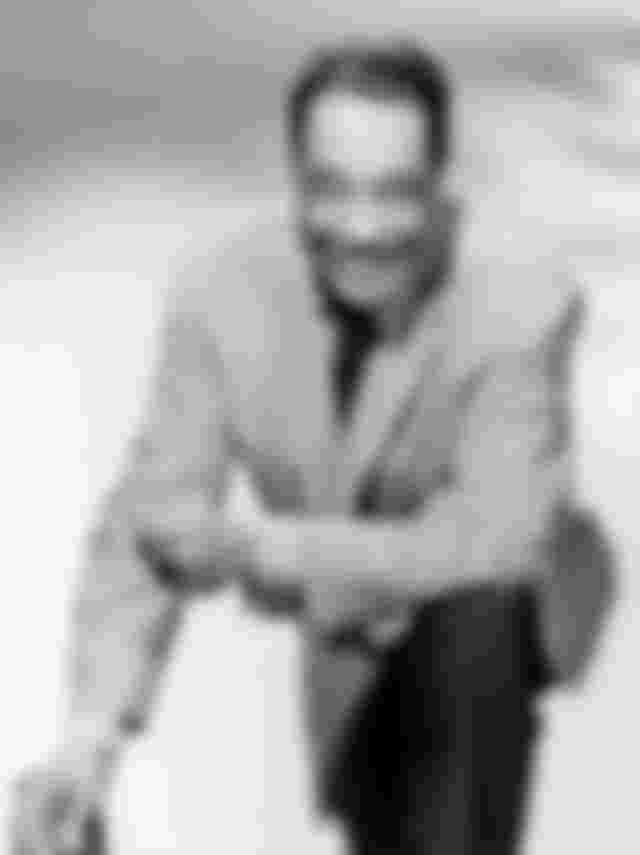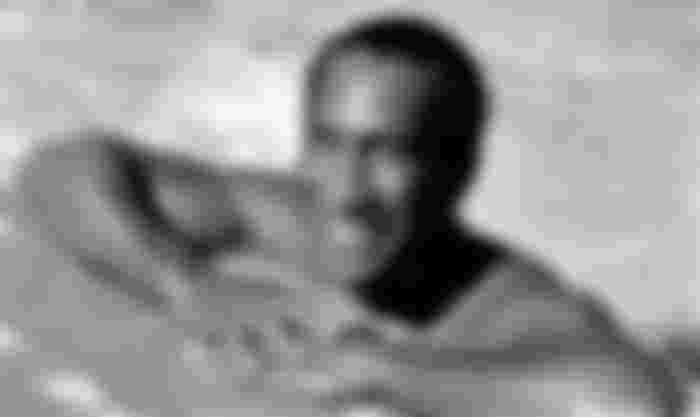Focus on a city : Washington D.C - United States of America
Washington D.C is the capital of the most powerful country in the world : the United States of America. This article is here to help you enjoy your trip if you want to visit it.
Also, remember that I'm also writing on Medium and that it is very important for me growing a huge community over here so please go and follow my channel named "Clement Delabruyere".
Short presentation
Washington D.C., short for District of Columbia, is the capital of the United States, located on the country's east coast. Covering an area of 177 km², it is relatively small compared with other world capitals. With a population of around 700,000, it is one of the most sparsely populated cities in the United States.
Washington D.C. is unique in that it is not part of any state, but is a federal district under the direct jurisdiction of the U.S. Congress. It is home to a number of iconic monuments and institutions, such as the White House, seat of the President, the Capitol, seat of Congress, and the Supreme Court. These structures make it a nerve center of American political power.
The city is divided into four quadrants (Northwest, Northeast, Southeast, Southwest) and boasts many distinct neighborhoods, each with its own character and culture. Its architecture is marked by wide avenues and carefully planned green spaces, including the National Mall, a vast expanse of parks housing iconic memorials such as the Lincoln Memorial and the Washington Monument.
Washington D.C. plays a key geopolitical role as a global political and diplomatic center. It is home to embassies, international organizations and major diplomatic meetings. The city witnesses events, debates and decisions that shape national and international policies.
Washington D.C.'s rich history is marked by key moments in the American nation, including the Civil War and civil rights movements. It's home to a vibrant cultural scene with renowned museums, such as the Smithsonian Institution, and a variety of festivals, restaurants and entertainment venues.
In short, Washington D.C. is much more than just an administrative capital. It's a symbol of democracy, a crossroads of world politics, and a place where history, culture and power come together to create a unique and unmissable city.
Historical background
The history of Washington D.C. dates back to the earliest days of the young American nation. The need for a permanent capital city arose after American independence in 1776, to symbolize the emerging unity and establish a stable seat of government. However, the location of this capital was the subject of heated debate between the Northern and Southern states.
In 1790, the compromise of the Federal Residence was reached, and a 100-square-mile territory on the banks of the Potomac River was ceded by the states of Maryland and Virginia to create the District of Columbia. In 1800, the newly founded city of Washington D.C. became the capital of the United States, replacing Philadelphia.
However, Washington D.C.'s early years were marked by difficulties, including infrastructure and housing problems. During the War of 1812, the city was invaded and partially burned by British troops in 1814, but quickly recovered and was rebuilt.
Over the following decades, Washington D.C. gradually developed as the country's political and administrative center. The construction of iconic buildings such as the Capitol, the White House and the Washington Monument left their mark on the landscape.
In the 19th century, the issues of slavery and civil rights were at the heart of the city's history. In 1862, President Abraham Lincoln signed the Emancipation Act for slaves in the District of Columbia, and in 1865 he delivered his famous speech at the Lincoln Memorial after the end of the Civil War.
The 20th century saw Washington D.C. transformed into a major center of the civil rights struggle. In 1963, Martin Luther King Jr.'s "I Have a Dream" speech at the March on Washington for Jobs and Freedom marked a historic moment in the struggle for equality.
Today, Washington D.C. is much more than just a capital city. It embodies the history, politics and culture of the United States, with its monuments, museums, unique neighborhoods and vital role in national and international affairs.
Must-see places
If you're visiting Washington D.C. as a tourist, here are ten must-see places to explore to discover the city's cultural, historical and political richness:
The National Mall and its iconic monuments

The Lincoln Memorial, the Washington Monument and the World War II Memorial line this vast expanse of parkland, offering panoramic views and places to reflect.
The Capitol
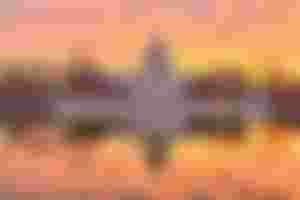
Home to the U.S. Congress, this majestic structure is a symbol of American democracy. Take a guided tour and discover the country's legislative history.
The White House

The official residence of the President of the United States is a must-see. Although interior tours are limited, the exterior and gardens are well worth a visit.
The National Museum of American History

Part of the Smithsonian Institution, this museum houses iconic objects from American history, such as the Star-Spangled Banner that inspired the national anthem.
The National Air and Space Museum

Another Smithsonian Institution museum, it traces the history of aviation and space exploration with an impressive collection of aircraft and artifacts.
The National Museum of Natural History

Explore exhibits on biodiversity, fossils, gemstones and much more in this captivating museum.
National Gallery of Art

Discover a vast collection of American and European art, from Renaissance to contemporary.
The Martin Luther King Jr. Memorial

This memorial pays tribute to the civil rights leader, with poignant quotes carved in stone.
Vietnam War Memorial

A moving place honoring the lives lost during the war, with a black wall inscribed with the names of fallen soldiers.
Korean War Memorial

Another poignant memorial commemorating the lives sacrificed during the Korean War, with evocative sculptures and murals.
These sites represent only a small part of what Washington D.C. has to offer, but they provide a comprehensive perspective on U.S. history, culture and heritage.
Celebrities linked to Washington D.C
Duke Ellington (1899-1974)
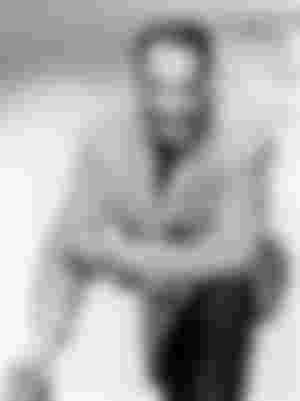
A prolific jazz composer and pianist, Ellington is an icon of the genre. His innovative compositions, such as "Take the A Train," marked the history of jazz and influenced popular music worldwide.
Frederick Douglass (1818-1895)
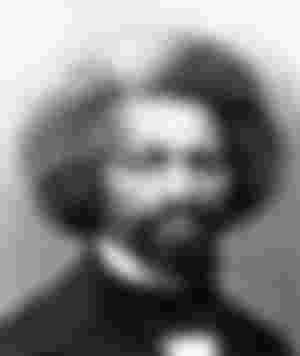
A former slave turned writer, orator and civil rights activist, Douglass played a major role in the abolitionist movement. His autobiography and speeches were powerful tools in the fight against slavery.
Denzel Washington (born in 1954)

An award-winning, multi-talented actor, he is known for his performances in films such as "Glory," "Training Day" and "Malcolm X." Washington is one of Hollywood's most respected actors.
Ruth Bader Ginsburg (1933-2020)

A justice of the U.S. Supreme Court, Ginsburg was an ardent defender of women's rights and equality. She became a feminist icon for her progressive views and lasting influence on American law.
Duke Kahanamoku (1890-1968)

Hawaiian Olympic swimming champion, Kahanamoku is also credited with popularizing surfing in the continental USA. He helped make surfing a global culture and played a role in introducing the sport outside Hawaii.
In order to conclude, if you have any ideas for improving this type of article (adding a section, for example), please let me know in the comments. Also, if there's a place in the world that you particularly like and would like me to write another article about, I invite you to submit your ideas too.
If you enjoyed reading please follow me and put a like, thank you !


